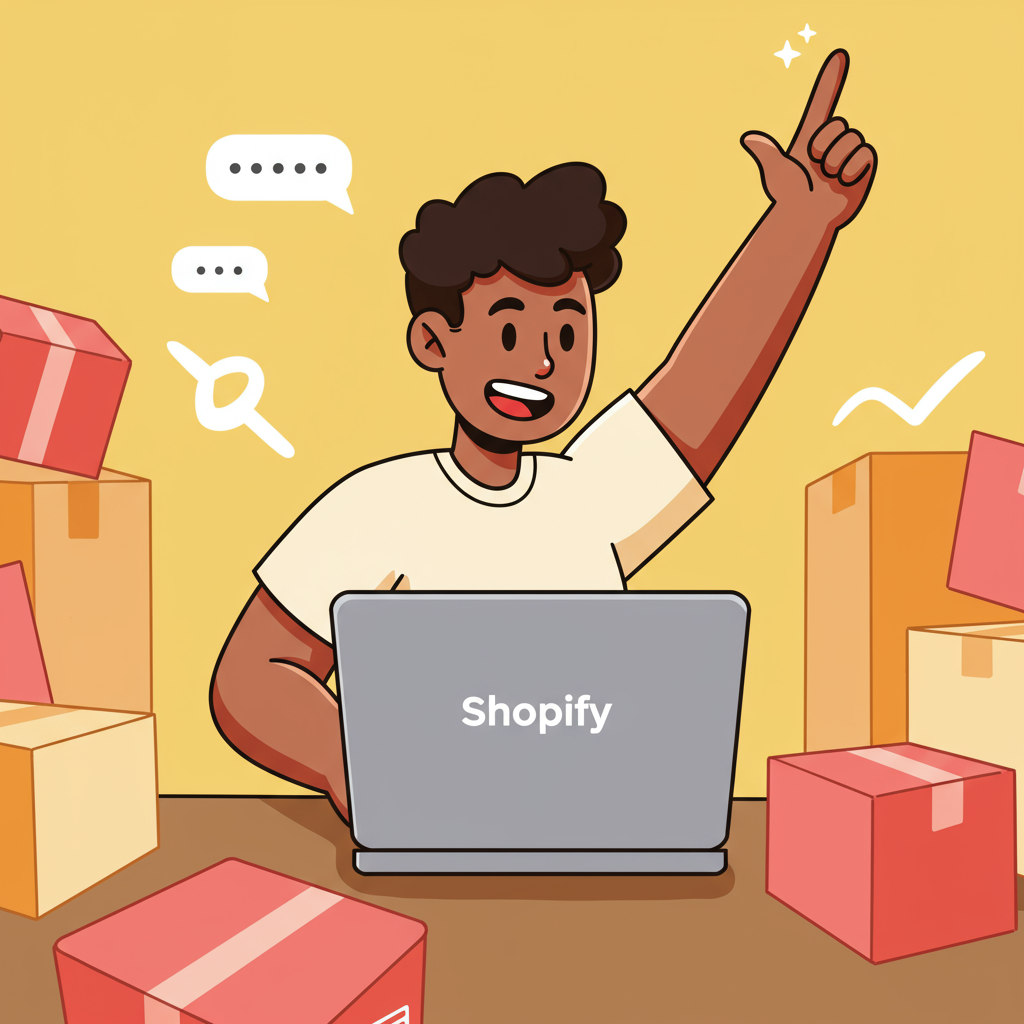Unlock Your Store’s Potential: Proven Strategies I Use to Drive Sales and Build a Thriving Online Business
Welcome, fellow entrepreneur! I remember the excitement, and perhaps a little overwhelm, when I first launched my Shopify store. It’s a fantastic platform, but getting noticed and making those initial sales can feel like climbing a mountain.
That’s why I’ve put together this guide, sharing some of the most effective growth hacks I’ve learned and applied over the years, specifically tailored for new Shopify sellers like you. My goal is to help you not just launch, but truly thrive.
Let’s dive right in, starting with a fundamental principle: **Niche Down and Validate Your Idea.** Before you even think about products, are you sure there’s a demand for what you’re selling?
I always advise new sellers to identify a specific problem they can solve or a unique passion they can cater to. A broad store often struggles to find its audience.
Think “eco-friendly dog toys for small breeds” rather than just “dog toys.” This specificity helps you target your marketing efforts much more effectively.
Once you have a niche, validate it. Use tools like Google Trends, look at competitor reviews, or even run small social media polls. This early validation saves immense time and resources down the line.
Next, let’s talk about your **Store’s First Impression: Design and Branding.** Your Shopify store isn’t just a place to list products; it’s your brand’s digital storefront.
I’ve seen many new sellers underestimate the power of a clean, professional, and mobile-responsive design. Shopify offers excellent themes, both free and paid, that can give you a great head start.
Invest time in high-quality product photography. This is non-negotiable. I can’t stress enough how much clear, well-lit, and appealing images influence purchasing decisions.
If you can’t hire a professional, learn basic product photography techniques yourself. Your smartphone, good lighting, and a simple backdrop can work wonders.
Write compelling product descriptions that go beyond just features. I always try to highlight the benefits and tell a story. How will this product improve my customer’s life? What problem does it solve?
Now, for a crucial growth hack: **Mastering Basic SEO.** Search Engine Optimization isn’t just for big brands; it’s vital for new sellers too.
I focus on optimizing product titles and descriptions with relevant keywords that my target audience is likely to search for. Use Shopify’s built-in SEO features to fill in meta titles and descriptions for each page.
Don’t forget about image alt text! This helps search engines understand what your images are about and improves accessibility. It’s a small detail that can make a big difference in your search rankings.
Another powerful tool in your arsenal is **Email Marketing.** It’s one of the most cost-effective ways to build relationships and drive sales.
I always set up an abandoned cart recovery email sequence. Many customers add items to their cart but don’t complete the purchase. A friendly reminder can bring them back.
Also, create a welcome series for new subscribers. Offer a small discount for signing up, then introduce your brand, share your story, and highlight your best-sellers. This builds trust and encourages a first purchase.
Let’s move to **Social Media Marketing.** You don’t need to be everywhere, but be where your audience is.
I recommend focusing on one or two platforms where your ideal customer spends most of their time. Instagram and TikTok are great for visual products, while Facebook can be good for community building.
Consistently post high-quality content that resonates with your audience. It’s not just about selling; it’s about providing value, entertaining, and engaging.
Consider running small, targeted paid ad campaigns once you have some organic traction. Even a small budget can yield results if your targeting is precise and your ad copy is compelling.
**Building Trust and Social Proof** is paramount for new stores. People are hesitant to buy from unknown brands.
I encourage customers to leave reviews. Shopify has review apps that make this easy. Displaying genuine customer testimonials builds immense credibility and helps overcome buyer hesitation.
Clearly state your shipping, return, and privacy policies. Make them easy to find on your website. Transparency builds trust and reduces customer service inquiries.
**Exceptional Customer Service** is a growth hack in itself. Happy customers become repeat customers and brand advocates.
I always strive to respond to inquiries promptly and professionally. Go the extra mile to resolve issues. A positive customer experience can turn a one-time buyer into a loyal fan.
Don’t overlook the power of **Upselling and Cross-selling.** Once a customer is ready to buy, suggest complementary products or a higher-value version of what they’re considering.
Shopify apps can help automate this, but I also manually suggest bundles or “frequently bought together” items on product pages.
Finally, **Leverage Shopify Apps and Analytics.** The Shopify App Store is a treasure trove of tools that can automate tasks, improve marketing, and enhance customer experience.
I regularly check my Shopify analytics. Understanding where my traffic comes from, what products are popular, and where customers drop off helps me make data-driven decisions to optimize my store.
Remember, growth takes time and consistent effort. There’s no magic bullet, but by implementing these strategies, you’ll be well on your way to building a successful Shopify business.
What do you think about this article? I’d love to hear your thoughts and any strategies you’ve found helpful!






